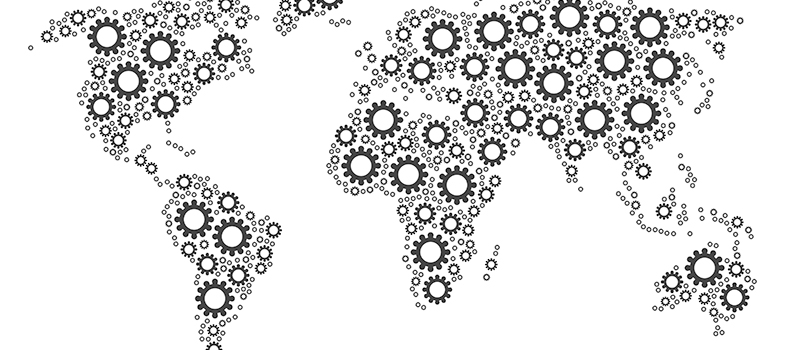1.2 Using AMR data to inform policy-making
Anyone who wants to provide evidence for AMR policy should listen to the needs of policy-makers. How can your surveillance and/or research help them to make impactful policy decisions? Make sure you know what you want to achieve: what exactly do you want policy-makers to do? You need to present the clear benefits of the policy to policy-makers.
Policy-makers should consider whether they are reaching out to a diverse group of stakeholders to ensure their policies are evidence-based and will best serve their communities.
National AMR surveillance and research is critical to containing and preventing the emergence and spread of AMR. The World Health Organization (WHO) has published its fourth Global Antimicrobial Resistance Surveillance System (GLASS) Report to document the status of existing or newly developed national AMR surveillance systems (WHO, 2021). GLASS is the first global system to incorporate official national data from surveillance of AMR in humans, in the food chain and in the environment (WHO, n.d. 1).
The GLASS country profiles dashboard contains summaries of AMR data reported to GLASS during the annual data call (WHO, n.d. 2). When AMR data is submitted, the dashboard’s colour-coded system shows the proportion of the data submission, and a second table gives an overview of the data reported. GLASS provides access to timely, reliable and actionable data that can provide an evidence base for AMR policy development.
1.1 Planning for engagement



